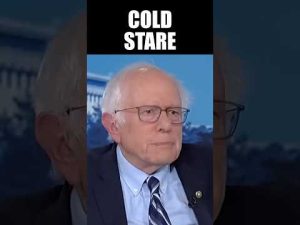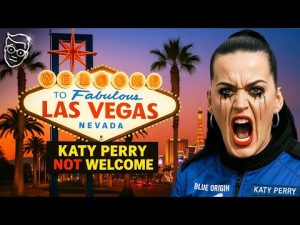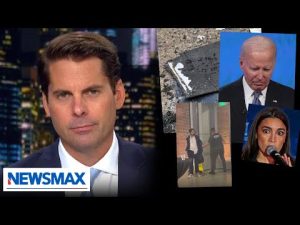In a turn that could rival live reality television, President Trump welcomed South African President Cyril Ramaphosa to the Oval Office for an eye-opening meeting—a meeting that might just make foreign diplomacy history for its unusual blend of high-stakes negotiations and multimedia showmanship. Amidst the ornate splendor of the Oval Office, where one might expect distinguished decorum, an impromptu lights-dimmed showcase took place. The occasion? A video montage highlighting allegations of a so-called “white genocide” in South Africa, an assertion firmly denied by Ramaphosa but one that the President seemed keen to spotlight.
President Trump’s approach might leave some scratching their heads—or perhaps cheering from the rafters. Bringing the theatrics of the boardroom to high-level diplomatic engagements, Trump echoed the tone of those old MTV shows where the facade falls and the unvarnished reality is laid bare. Here, the message was clear: “let’s get candid about what’s really going on.” As bemused as the South African delegation might have been, they got a front-row seat to U.S. policy in its rawest form—complete with video evidence—and a not-so-subtle nudge towards transparency.
A sprinkling of celebrity didn’t hurt either. With famed South African golfers Ernie Els and Retief Goosen on hand, the event took on the air of a meet-and-greet. Both legends lent their voices, speaking to the seriousness of violence in South Africa from personal experiences, adding a dash of authenticity to the proceedings. As much as the sportsmen were there to soften the diplomatic friction, they also amplified the omni-present reality of safety concerns facing white farmers and others in South Africa, highlighting how life behind electrified fences is anything but normal.
For President Trump, this showdown served not only as a platform to parse out serious allegations but also to flex America’s muscles on the world stage—predictably with both artifice and earnestness. In a characteristically noncommittal stance, when pressed about whether these horrors could be defined as genocide, Trump sidestepped a definitive answer, instead opting for further “investigation.” Of course, showing scandalous videos to the South African President and then choosing to “think it over” might be a strategy of its own—one that keeps the international community on its toes.
And let’s not forget the curious case of Elon Musk, who’s found his way into the debate. Musk, with South African roots and grievances against the nation’s business policies, has things to say about Starlink’s business blockades over racial favoritism. Apparently, among the many developments in this meeting, he has positioned himself as another player in this swirling narrative of geopolitical chess. Perhaps harnessing this technological juggernaut could be part of a broader vision to solve pressing issues. It just makes one wonder if, in Trump’s world, Musk might soon wish to negotiate those “terms of service” with the South African government—deals sure to be brokered with the usual theatrical flair.
In all its unexpected twists, this meeting in the Oval Office has been yet another adventure in the Trumpian saga of international politics—one where candor is king, new media is used as a political lever, and every closed-door policy discussion is primed for prime time. Whether the world applauds or sighs will depend on the aftermath—both on the ground in South Africa and in the diplomatic corridors of Washington, D.C.







